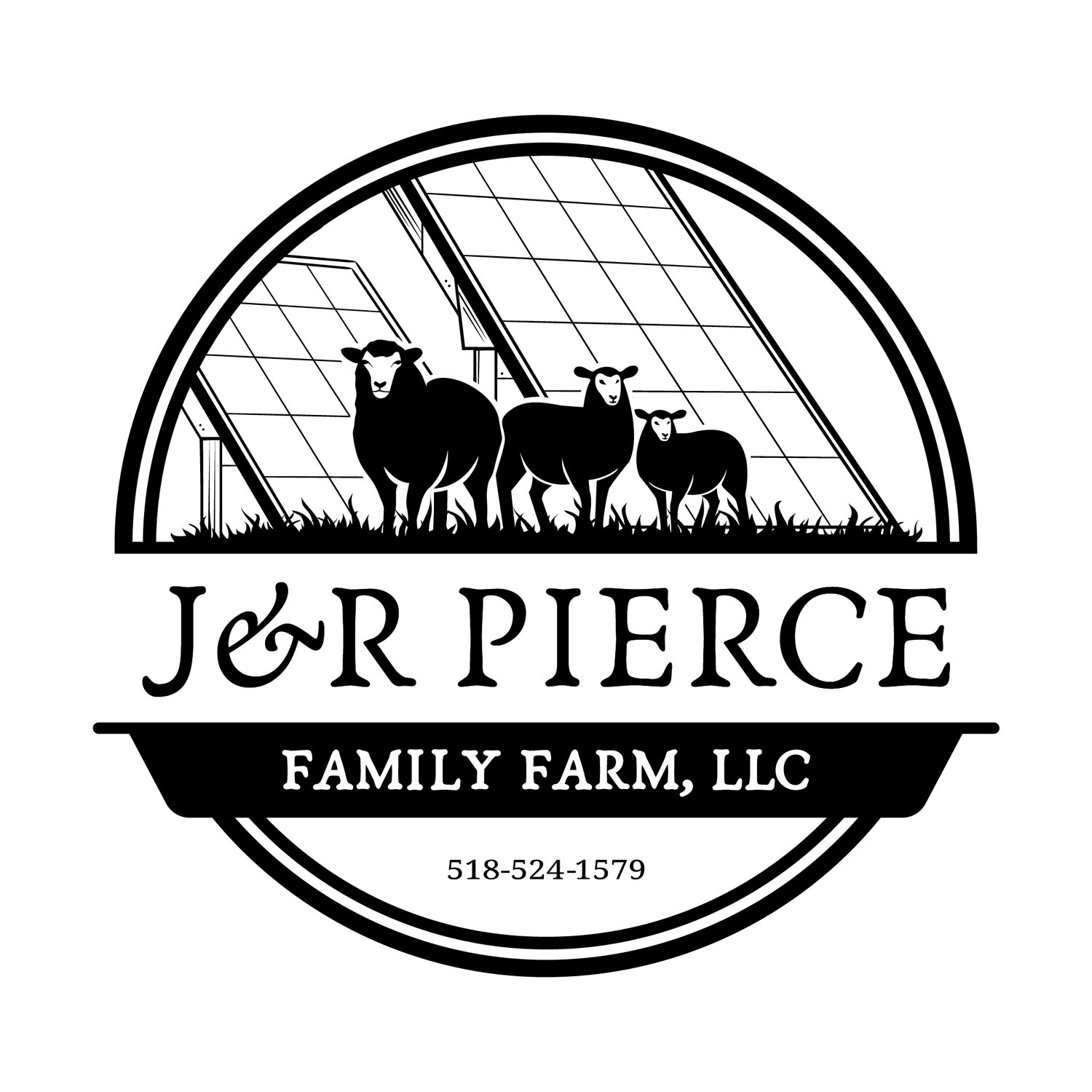Behind the Label: What’s All the Hubbub About Organic?
In today's Factual Friday, we're tackling another common label used in food: organic.
I've written about the term "organic" in other blog posts, but think that this is a term that bears double-coverage. It's one of the most commonly used.
What Does Organic Mean?
First things first - it's not as regulated of a term as many choose to believe.
The USDA has various rules and regulations in place when it comes to certifying organic products, but the reality is that the term "organic" is not actually within their purview. Look for the "USDA Organic" label instead.
Within that, there are a few subcategories. 100% USDA organic tends to be the thing most people think they're getting. This means that all ingredients and processing aids must be certified organic.
Then there's USDA Organic. These foods can contain up to 5% non-organic content and still be able to use the USDA Organic seal.
Then you have "made with organic ingredients," meaning the food must contain at least 70% certified organic ingredients (but the finished product may not use the USDA Organic seal).
There are additional exemptions on top of that. For instance, farms and processors that do less than $5,000 gross sales in organic products per year can still market their products as organic without having to go through the actual USDA certification process.
Organically-labeled meat isn't necessarily better. For example, it can consist of any grain or forage product as long as the feed items are certified organic. It does not mean grass-fed.
This means that the resource must not have had "synthetic fertilizers, sewage sludge, irradiation applied, and/or had genetically engineering products produced on that ground in three or more years." It also cannot have received antibiotics or additional growth hormones.
Breaking Things Down
Now, it's important to remember that this title only refers to what the animal consumes, not what happens to it during processing. The food can still have additional colorants or products added to it and still be labeled as organic.
It's also important to note that "organic" doesn't mean no pesticides used ever. The USDA maintains a list of pesticides that are allowable in organic production. Most of these are naturally-occurring (such as spinosad and pyrethrum).
However, there are plenty of synthetic (human-made) products that can be used in organic agriculture, including most vaccines, alcohols, chlorine materials, copper sulfate, peracetic acid, etc. Some of these have additional stipulations as far as how and when they can be used; some do not.
The living conditions for animals raised in organic certification programs aren't as rigorously monitored as you might think, either. While organic food for the animals and pasture feeding for at least 30% of the farm animals' nutritional needs during the grazing season (for ruminants) is a requirement, that's about it. The government mandates "healthy living conditions and access to the outdoors" as requirements for organic certification, but not much else.
Unfortunately, organic food isn't any less likely to make you sick. It's just as easy to get E.coli from organic lettuce as it is from non-organic. Salmonella is just as common in organic chickens as it is in those that are conventionally raised. Some studies (according to the University of Nebraska Lincoln) have shown that organically grown products might be more susceptible to bacteria, parasites, and pathogen contamination because there is no preservative use.
Organic also does not mean healthier or better for you. The exception to this is antioxidants - some studies have shown that certain organic crops could have higher concentrations (up to 69%) of antioxidants. Other than that, the two are identical.
So What’s the Takeaway?
Of course, that's not to say organic is bad. There are lots of benefits to choosing organic produce, meat, and eggs - but for some consumers, the benefits likely won't outweigh the cost. The same is true for many farmers. Less than 1% of all US farmland is certified organic, but in most cases, it's not because farmers don't want to do what's best for their land or their animals.
For a farmer to be certified organic, they must commit to using organic methods for three years before those crops can be sold as organic. That's three years of selling crops or meat with a smaller profit margin at the same prices as conventionally-grown goods (since you can't mark up a product as being organic if you don't have the certification yet).
In some cases, you're also reducing yields at the same time. Yes, farmers can charge a higher price for the organic products and yes, those yields tend to dramatically increase after several years of organic vs conventional farming practices - but often, that doesn't directly translate into an immediate payout.
Then there's the cost of organic certification itself, which varies depending on your operation and where you live, but can be as much as several thousand dollars. The USDA does have cost-share programs that can reimburse some of these costs, but not all.
On our farm, we are not organic-certified. I spoke about this in last week's post, but some of it has to do with our concern over how certain aspects of the program are regulated. We're also not yet willing to pass on the costs of organic certification to our customers, who are already paying high enough costs for meat in this difficult economy.
That said, we raise our animals on pasture and hay, and don't use antibiotics unless medically necessary. We don't use synthetic pesticides or fertilizers on our farm. We aren't organic-certified, and don't plan to pursue certification for all the reasons mentioned above - but still want to make sure we're doing the best for our land, our animals, and our farm.
What other food labels are you interested in learning more about? Next week, we plan to tackle GMO, so stay tuned!



